Giorgio Vasari, the biographer of artists and an artist in his own right, called Raffaello Sanzio (or Santi), known to us as Raphael, “the prince of painters.” Raphael was born in Urbino, an important artistic center at that time, on Good Friday, April 6, 1483, and received his early training from his father, Giovanni Santi di Pietro, a poet and painter at the court of art patron Prince Federico da Montefeltro (1422-1482). This Duke of Urbino was the commissioner/owner of the most beautiful Bible in the world, its two volumes, for a total of 1108 pages, illuminated for him in Florence in 1477-78 by the miniaturist Antonio del Chierico and since 1657 in the Vatican Library. Giovanni Santi was a competent if not great artist, who recognized his son’s enormous talent very early and arranged for his apprenticeship with Perugino (1445-1523), another highly regarded Renaissance painter.
Giovanni Santi died when Raphael was only 11, but by 1500, at age 17, Raphael was considered fully trained by Perugino who gave him the title of “master.” Naturally his early work reflects the style, clarity, and harmony that he learned from his teacher Perugino. In fact, often their paintings are so similar that even experts have found it difficult to distinguished who painted what.
In 1504 Raphael moved to Florence where he studied the works of his contemporaries Fra Bartolomeo, Leonardo, and Michelangelo and painted numerous Madonnas and Child. Within a few short years Raphael’s success was assured; in 1508 Pope Julius II summoned him to Rome to execute frescoes for his private apartments at the Vatican Palace (1509-1511), now part of the Vatican Museums and known as the “Raphael Rooms.”
Although Raphael’s main task during those three years was to decorate the Stanze, he still found time for his favorite subject — the Madonna and Christ Child. Notable Madonnas Raphael painted in Rome (1512-14) include his Madonna della Tenda (Madonna of the Curtain), Madonna della Sedia (The Seated Madonna), and the most famous of all, La Madonna di San Sisto (The Sistine Madonna), whose 500th birthday is being celebrated with a blockbuster exhibition on in Dresden until August 26.
Most scholars agree that Pope Julius II commissioned this painting; yet some claim that its sponsors were the Benedictine monks of the Monastery of San Sisto in Piacenza, a city about halfway between Bologna and Milan, which had become part of the Papal States in 1512, for their high altar. It hung there from c. 1518 until 1754. No matter who commissioned The Sistine Madonna, she, executed with no preparatory study, is the last of Raphael’s paintings of this subject and the last painting he completed with his own hands.
For the past three centuries it has belonged to the Gemälderglaerie Alte Meister in Dresden; even those unaware of this fact, as I was until I saw it in situ, are at least familiar with the two cherubs that perch cutely on the lower edge of the painting and have been copied countless times on pillows, umbrellas, notebooks, cards, writing paper, magnets, sheets and more.
Composition
How did the painting get its name? Be Pope Julius II or the Benedictines the commissioner, this splendid painting would almost certainly have the same name. It is said that Julius II wanted this painting for his tomb because St. Sixtus, the Greek-born Martyr Pope Sixuts II beheaded on August 6, 258 AD by the Emperor Valerian, was the patron saint of his family, Della Rovere. As for the Benedictines, it is obvious that, since the monastery was named for St. Sixtus, there would be a St. Sixtus in Raphael’s painting.
In the Dresden painting, at its center, the Madonna, like the Madonna di Foligno painted in Rome in 1511 and today in the Vatican Museums, is holding the Christ Child in her arms with the intent of showing him to the world as its Redeemer and Sovereign Judge. Flanked on a lower level by St. Sixtus and St. Barbara, she stands on clouds before dozens of obscured cherubs, while two adorable cherubs rest on their elbows beneath her. American travel writer and guide Rick Steve suggests this Christ Child’s and this Mary’s worried expressions are their reaction to the sight of death, in contrast to Raphael’s Madonnas’ usual peaceful smile, and reflects the painting’s original placement in Piacenza either beside a painting of the Crucifixion or facing a crucifix above the rood screen at the far end of the chancel.
It’s said that this St. Sixtus is a portrait of Pope Julius II. His papal miter at his feet is both a sign of his humility and a bridge between the real and pictorial space, for with his first index finger (in this painting for some unexplainable reason he has two: a thumb and five fingers) he is pointing out the spectator/congregation to the Madonna. He seems to be asking her for divine mercy, for her intercession for the congregation and for himself, perhaps on his way to paradise. Like St. Sixtus, St. Barbara was also a martyr, and here she is a mediator between the world and the Sovereign Judge. The two saints establish a sort of hierarchy, a line of demarcation that cannot be crossed between the world and paradise.
St. Barbara was the daughter of a pagan Eastern nobleman, Dioscurus of Heliopolis, who locked her away in a tower (a corner of which Raphael painted here behind her) so that no man could see her great beauty. Nonetheless a Christian, disguised as a physician, gained access to her and instructed her in the Faith. Upon his return from a business trip Dioscurus discovered that Barbara had added a third window in her tower to honor the Holy Trinity, so he beheaded her himself. Raphael’s St. Barbara looks down smiling lovingly at the two cherubs as his other Madonnas do to the Christ Child. However, like St. Sixtus, her glance is also directed toward the faithful.
The two cherubs have inspired legends of their own. According to an article published in 1912 (the painting’s 400th anniversary) in Fra Magazine, when Raphael was painting the Sistine Madonna the children of his model would come to watch and wait. Struck by their posture and their expressions of boredom and restlessness, he added them to the painting. Another article, published the same year in St. Nicholas Magazine, says that Raphael was inspired by two children he encountered on the street when he saw them “looking wistfully into the window of a baker’s shop.”
Other interesting aspects of the painting’s layout are its frame: the green curtain hanging from a rod at its sides and the balustrade or stage floor on which the Pope’s miter is placed and on which the cherubs rest. It’s as if the spectator or the faithful are the audience at the theater, that perhaps if the spectator is not faithful, the curtain will close and thus his admission to paradise be denied, not to mention that the Madonna and the cherubs on the painting’s central axis with the two saints to their sides form a cross.
The Painting Moves to Germany
In 1754 it seems that the monks preferred money to their inestimable masterpiece and for the miserable sum of a hundred thousand and some francs (110,000 to 120,000), sold their Madonna to Augustus III (1696-1763), Elector of Saxony and King of Poland. Relocated to Dresden, the painting was received with great pomp. Probably according to legend, Augustus, the only legitimate son of the much more famous Augustus II The Strong, is said to have put the painting himself at the center of his reception hall moving his throne to a less conspicuous place while decreeing, “Make room for the great Raphael.” In 1712, he converted to Catholicism, causing outrage among the nobility of Saxony, a Protestant stronghold.
World War II and Soviet Possession and Restitution
The Sistine Madonna, a favorite artwork of both Hitler and Stalin, was rescued from destruction during the World War II bombings of Dresden. The Nazis had stored it, with other works of art, in a tunnel in Saxon Switzerland, whence the Red Army stole it as booty in 1945. Temporarily removed to nearby Pilnitz, it was transported in a box on a tented flatcar to Moscow. There, at his first viewing of the Madonna, the leading Soviet art official, Mikhail Khrapchenko, declared that now Moscow’s Pushkin Museum could claim to be among the great museums of the world. In 1946, the painting, along with other treasures from the Dresden Gemäldegalerie Alte Meister, was exhibited temporarily at the Pushkin, but after Stalin’s death, the Soviets returned Dresden’s art treasures “for the purpose of strengthening and furthering the progress of friendship between the Soviet and German peoples.” However, his gesture was met with international controversy, still unresolved: the world press declared that the Dresden art collection had been damaged in Soviet storage, while the Soviets claimed to have actually saved the paintings.
Exhibition
“The Sistine Madonna” exhibit is divided into four sections. Raphael in Rome, with other Roman works by Raphael and other contemporary artists, includes Raphael’s Garvagh Madonna (c. 1509/10) on loan from the National Gallery in London, and Filippino Lippi’s Madonna with Child, St. Anthony of Padua and a Friar (c. 1475) on loan from the Szépmüvészeti Museum in Budapest. Documents from the Saxon Principal State Archive Dresden, the Biblioteca Passerini-Landi and the Archivio Gulieri in Piacenza, many never displayed publicly before, in “Make Room for the Great Raphael,” recount Augustus’s 1754 purchase; “On its Way to Becoming a Myth: The Sistine Madonna in Literature, Art, Music and Design” covers the painting’s reproduction in other art forms starting c. 1800 (Friedrich Bury’s painting Electress Auguste Copies the Sistine Madonna (c. 1808/09) on loan from the Museum Schloss Wilhelmshöhe in Kassel is just one example. “An International Career: the Little Angels in Kitsch and Art” covers the reproduction of just the cherubs since 1800.
As a reciprocal gesture the Vatican Museums had lent The Madonna of Foligno to Dresden’s Gemäldegalerie Alte Meister from December 7th, 2011-January 7th, 2012.
Joint Stamp
In view of this special anniversary, Germany’s Federal Ministry of Finance, together with the Vatican, issued a special commemorative postage stamp “500 Years of the Sistine Madonna” which has been on sale in all branches of the German Post Office as well as in Vatican City’s Post Office since March 1, 2012.

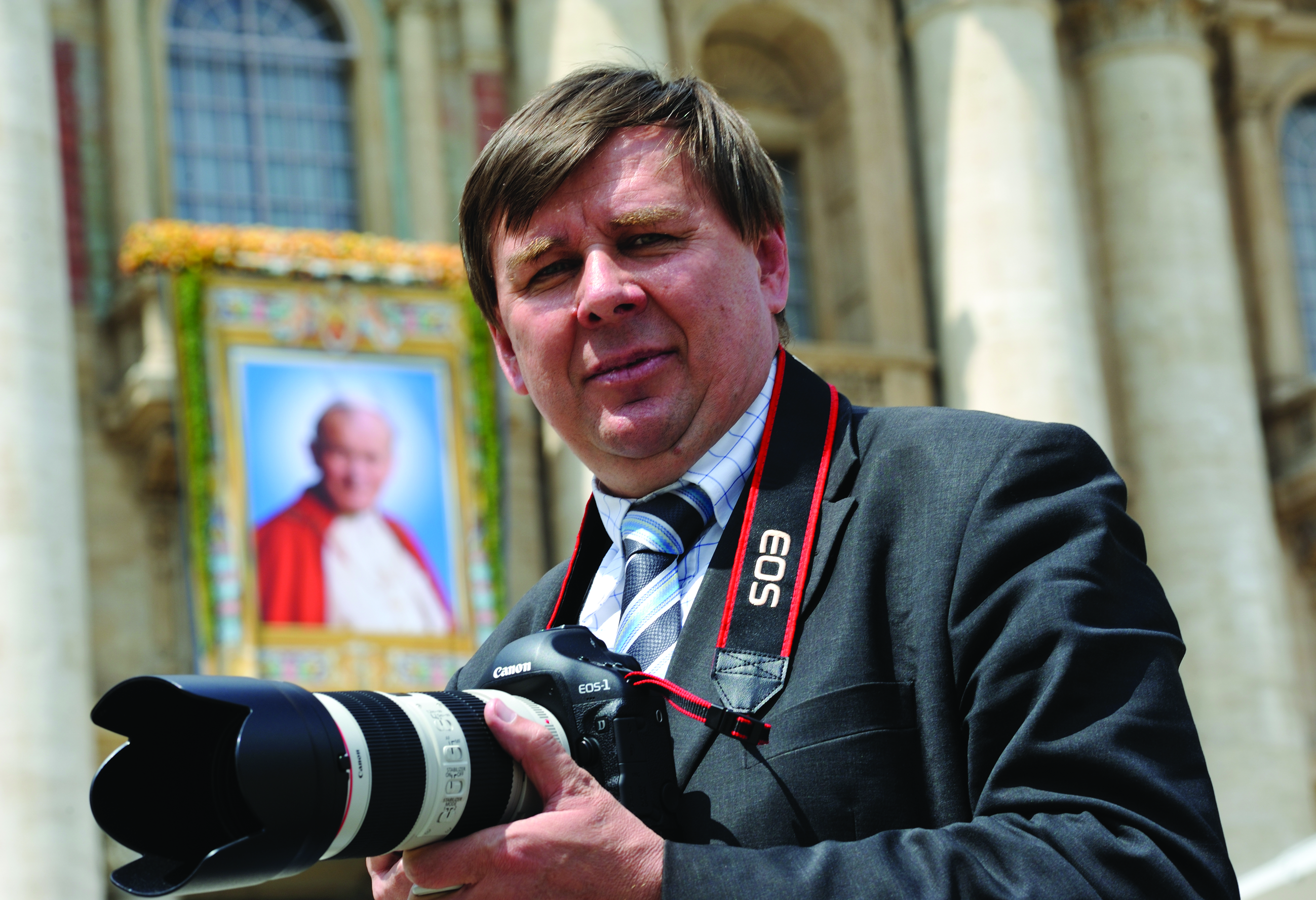
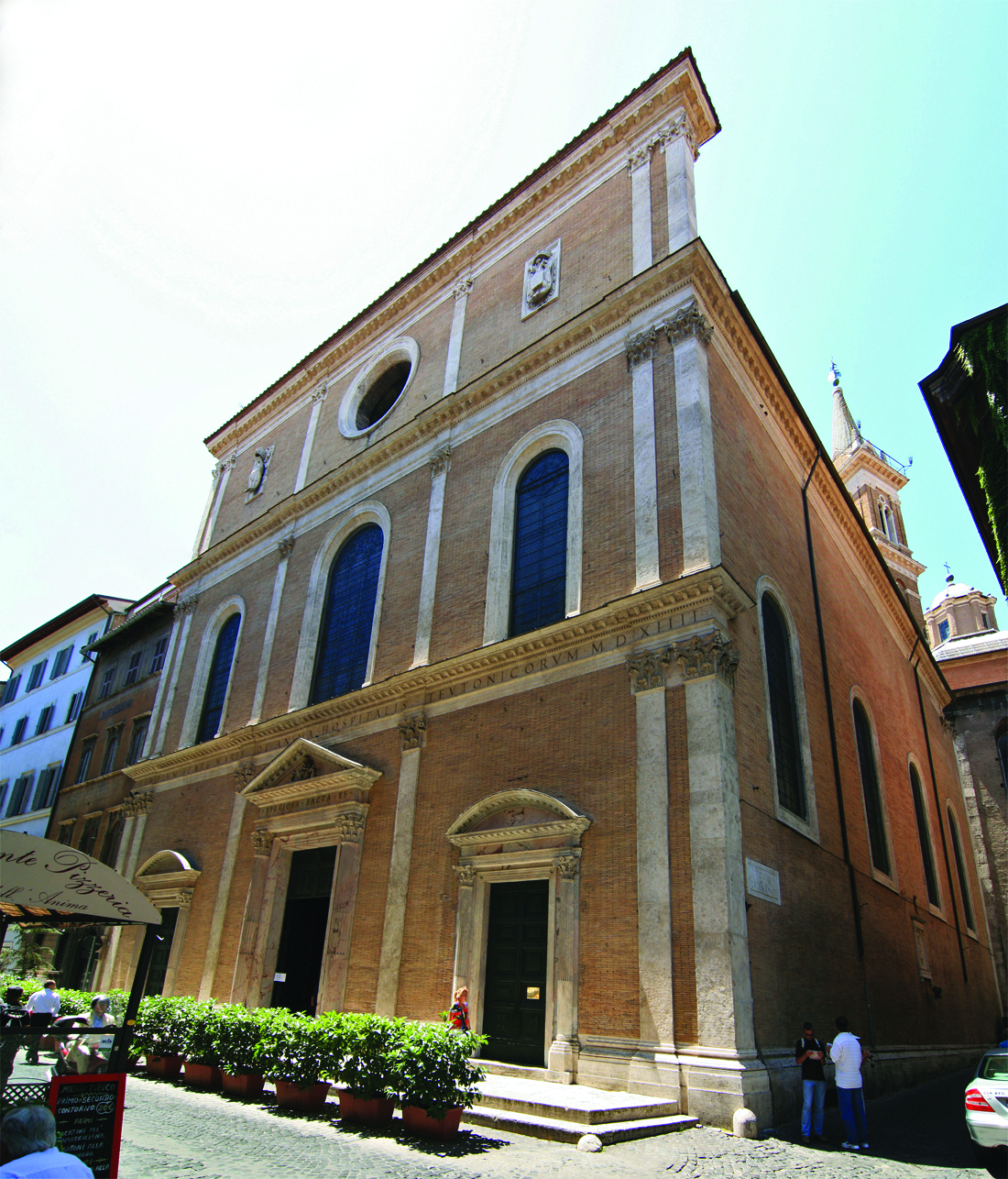
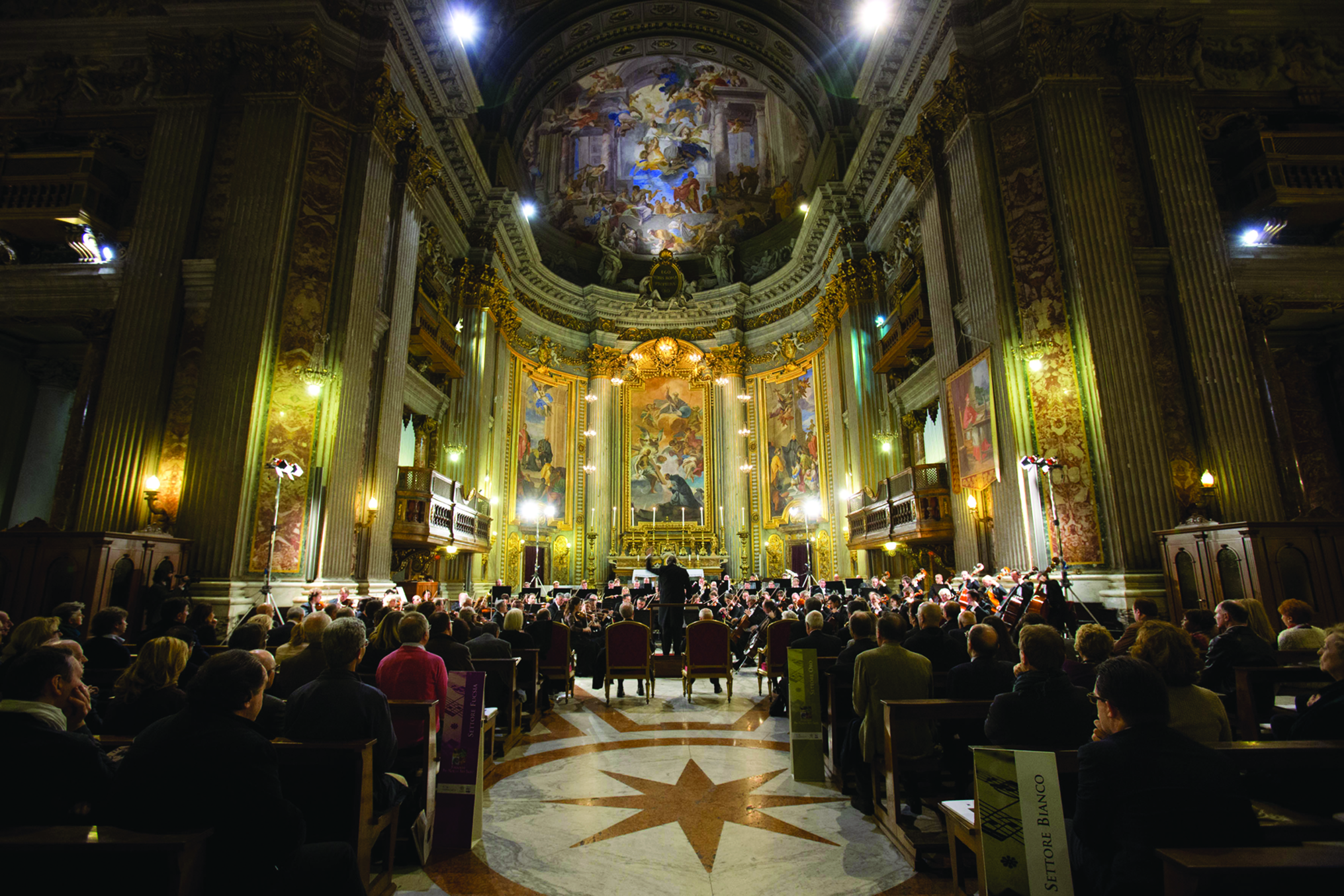
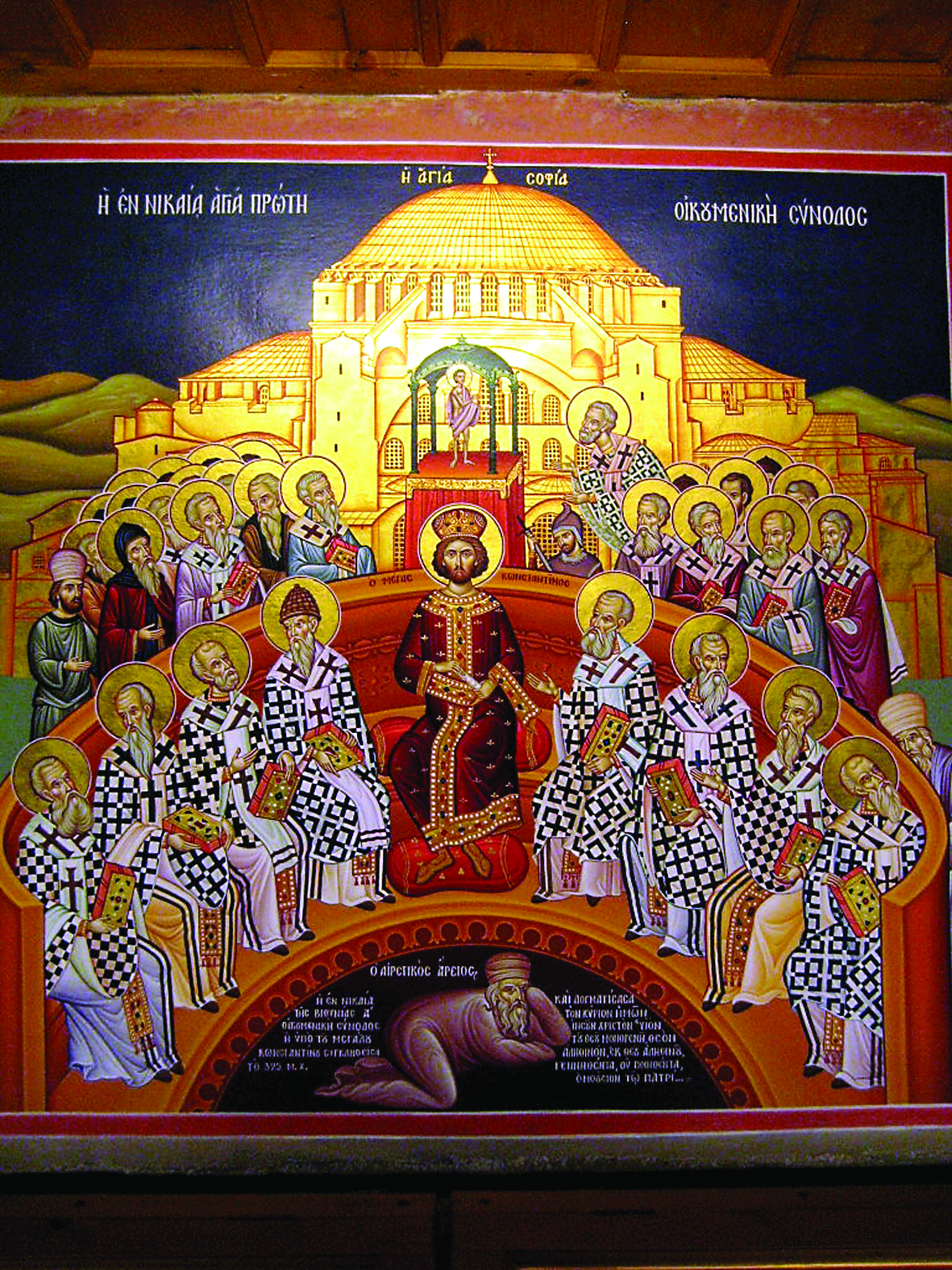
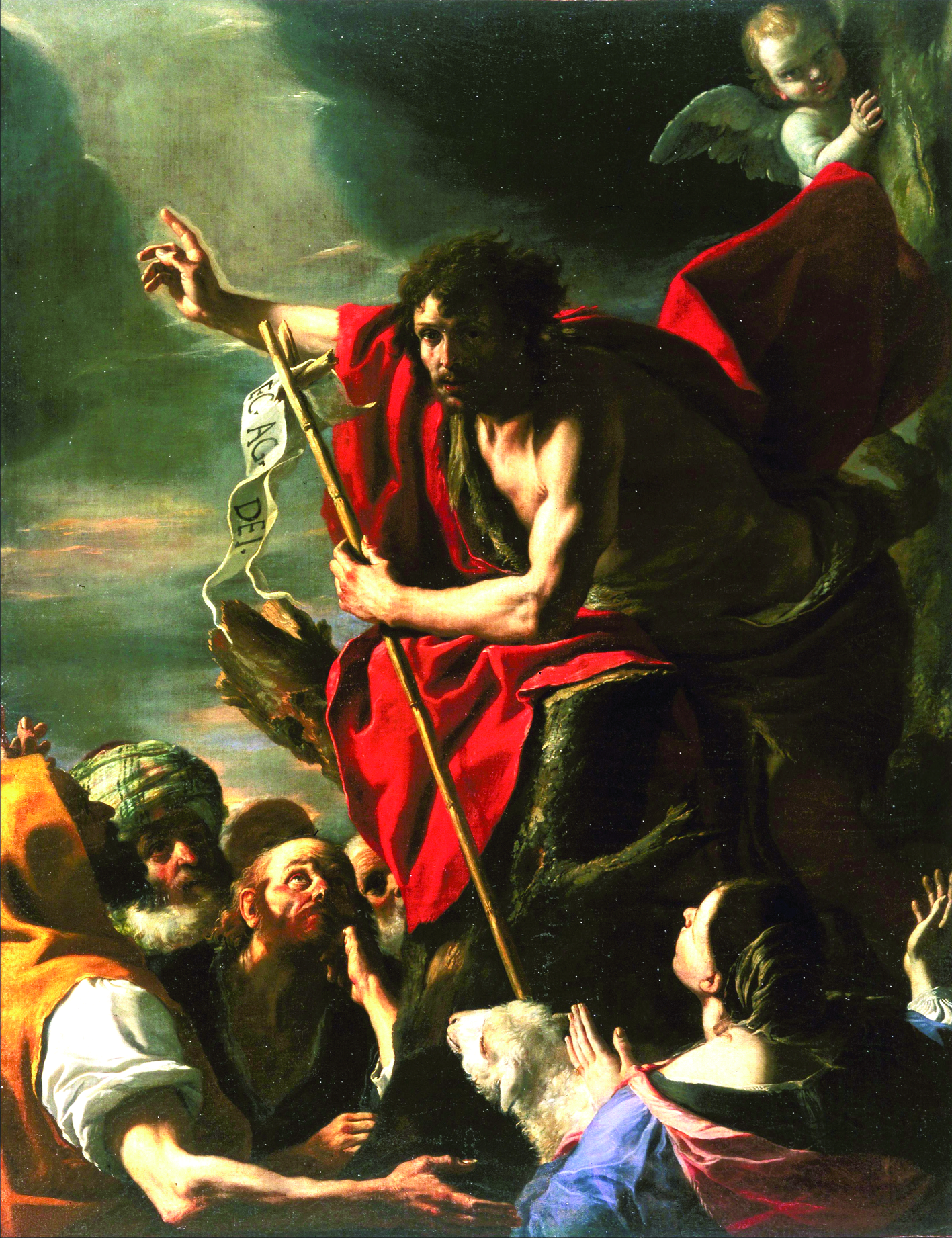
Facebook Comments